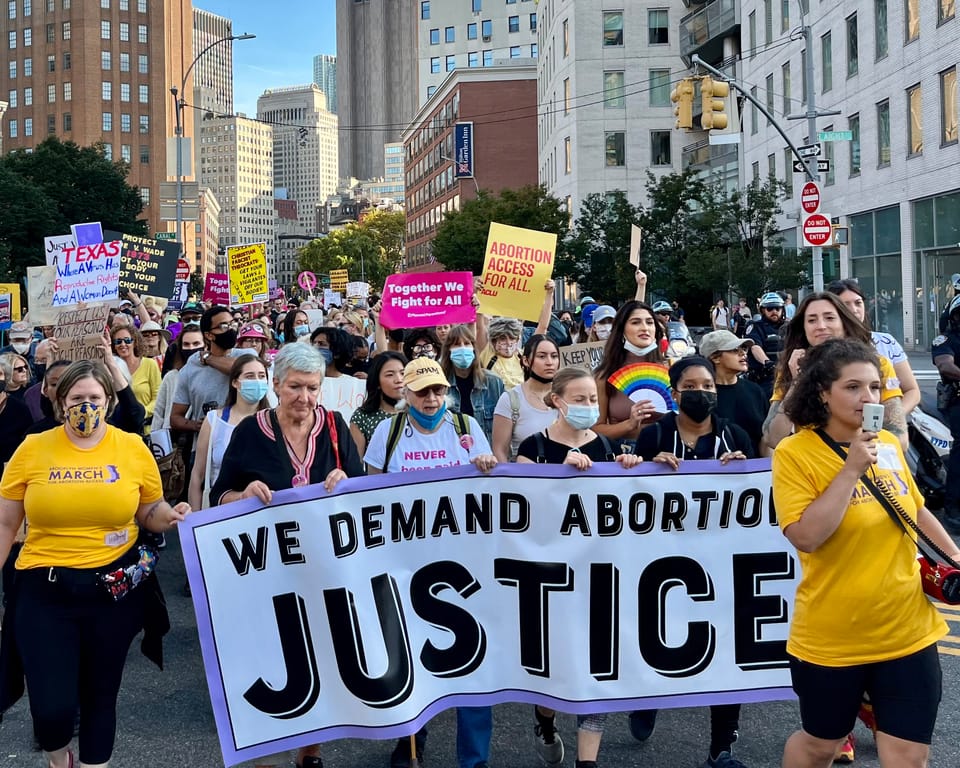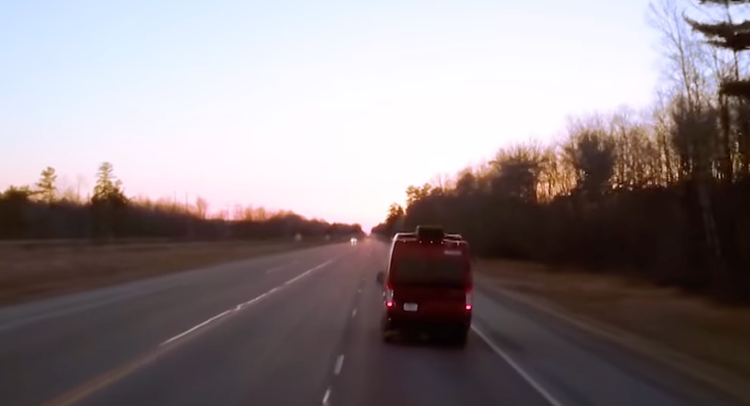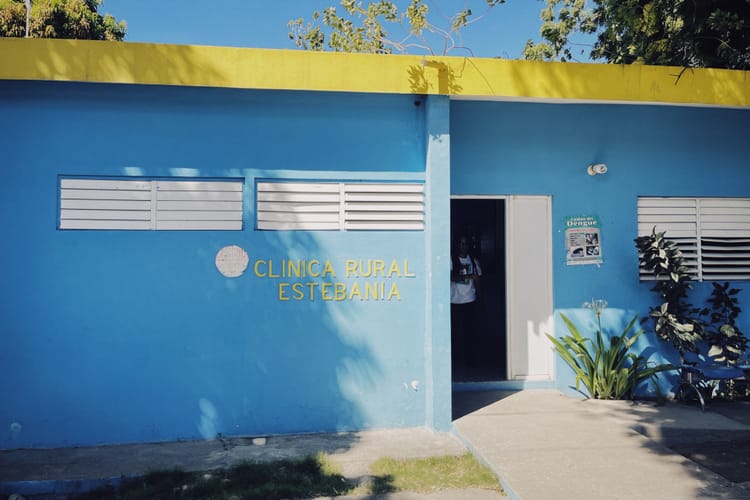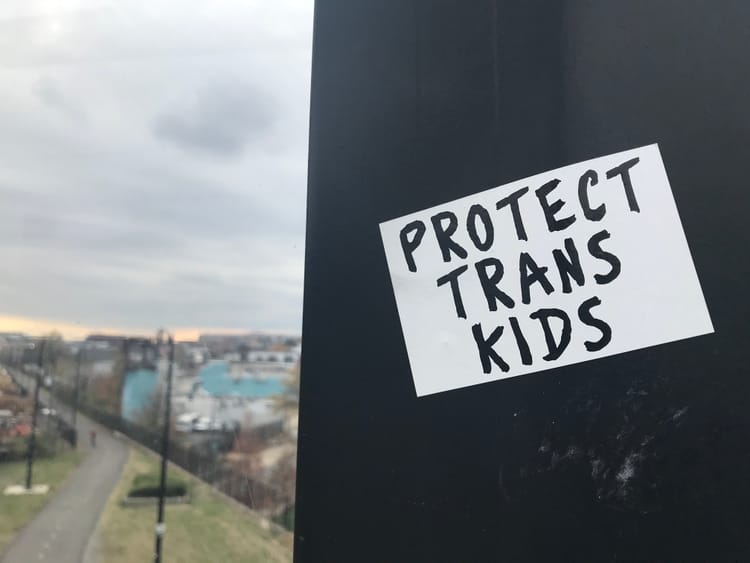A very long overdue newsletter!

Dear friends,
Shortly after Texas enacted its near-total abortion ban, SB 8, Dr. Alan Braid revealed in an op-ed for the Washington Post that he violated it, providing an abortion to a woman who was farther along in her pregnancy than the law allows. I, like many people, was struck by Dr. Braid’s bravery. He went public so that he’d be sued under the state’s new law, creating an opportunity for his lawyers at the Center for Reproductive Rights to challenge it on constitutional grounds. And sued he was.
Dr. Braid reminded me of someone: Dr. Warren Hern, who I interviewed for episode four of my podcast, ACCESS. Dr. Hern specializes in abortions that happen later in pregnancy. People fly from all over the country, and all over the world, for care in his Colorado clinic. What Dr. Braid and Dr. Hern have in common is that they’ve both been providing abortions since shortly after Roe v. Wade. Both say that the numerous preventable deaths they saw due to unsafe abortions in the pre-Roe era inspired them to become abortion providers.
The other thing they have in common? If they had pursued any other medical specialty, they’d both be retired by now.
Braid and Hern are just two of many abortion providers who have been doing what they do for nearly 50 years. But many doctors like them feel they can’t retire, because there aren’t enough trained abortion providers to replace them. Did you know that fewer than half of medical schools offer students clinical experience with abortion? And that only 64% of OBGYN residency programs include sufficient abortion training despite an abortion training mandate that has been in place since 1996?
This is something I’ve been wanting to write about for a long time, and I finally got to do it for ELLE Magazine. The abortion provider shortage is a big, complex problem, but here I tackled three major issues: lack of training, overregulation of abortion, and lack of professional and personal protection for providers. Plus, I got to tell the story of Dr. Leah Torres, who is currently facing over $100K in legal debt after the state of Alabama tried to refuse her a medical license. To paraphrase Dr. Iman Alsaden, another abortion provider I spoke with, the work of performing abortions in underserved areas has fallen to a very small group of people. But we can shore them up, and here’s how.
Another major deterrent for abortion providers, as well as clinic workers and volunteers, is the threat of violence. At least 11 people have been murdered by anti-abortion extremists since 1993, and harassment and violence at abortion clinics is rising to a pitch reminiscent of the 1990s, when bombings, arsons, and shootings were common. On ACCESS, I spoke with clinic escorts and defenders across the country about the escalation in harassment they’ve seen during the pandemic. One of the clinics featured in the episode, Jackson Women’s Health Organization aka the Pinkhouse, is at the center of a Supreme Court case that could overturn Roe. (There’s an ACCESS episode about that, too.)
When I was making the episode on clinic harassment, a guest mentioned that one of her fellow escorts had recently been assaulted by a protester. They both volunteer at the Nebraska clinic of Dr. LeRoy Carhart, another abortion provider known — and therefore targeted — for providing abortions later in pregnancy. I asked to be connected with that escort, whose name is Shelley. She graciously agreed to share her story, and it turned out that her attacker was about to go on trial for the assault. Ultimately, he was found guilty, but sentenced to unsupervised probation (in other words, the only thing he’s not supposed to do is get arrested again).
Shelley’s story became the focus of this piece I wrote for Marie Claire, which also includes stories from clinics in North Carolina and Kentucky, which face some of the most aggressive protesters in the country. “Protesters” really isn’t the right word. These clinic harassers often carry guns and make threats, and they’re getting increasingly physical. More and more, they are tacitly, and sometimes overtly, supported by the police. Christine, the escort I spoke with in Kentucky, told me she had recently seen an armed police officer join in with anti-abortion demonstrators. He carried a sign for 40 Days for Life, the Catholic anti-abortion campaign.
Clinic violence is getting worse, and many fear it will turn fatal now that the acquittal of Kyle Rittenhouse has seemingly given extremists license to arm themselves and use deadly force. There are steps the federal government could take to keep abortion providers and other clinic workers safe in the face of these threats; this is something I’m hoping to do more reporting on in the next few months.
In the meantime, I hope you’ll listen to this recent episode of ACCESS, which features the show’s first ever audio ~from the field~. The whole podcast was meant to be recorded in person, but since the pandemic shut that down, I’ve rarely gotten to interview guests face to face. However, at the beginning of October, I was able to go to the New York City Rally for Abortion Justice and talk to marchers in person. Several listeners submitted audio notes from their local marches as well. I also spoke with abortion funder Josie Pinto about why the events, which were organized by the Women’s March, fell short from her perspective. Lots of people who work in reproductive rights and justice were critical of these events and are wary of the Women’s March as an organization. I think it’s important to understand why, and think about how we can translate the energy and excitement from those marches into meaningful action.
I’m also heading down to D.C. next week to report in person on oral arguments in Dobbs v. Jackson Women’s Health Organization, the aforementioned case poised to overturn Roe. Few are allowed inside the building due to covid precautions, but I’ll be reporting on what’s happening outside (there’s a rally organized by the Center for Reproductive Rights, and there are certain to be anti-abortion counter-protesters). I’ll also be listening in on oral arguments, which are now streamed live. You can join me if you like: Live audio can be found here, starting at 10am EST on December 1st.
Until next time! I’ll try not to let an entire year go by before I send out this newsletter again. :)



